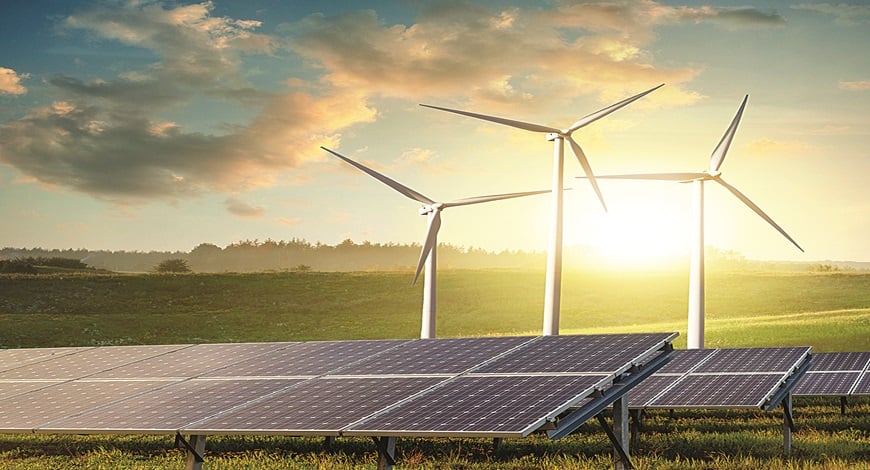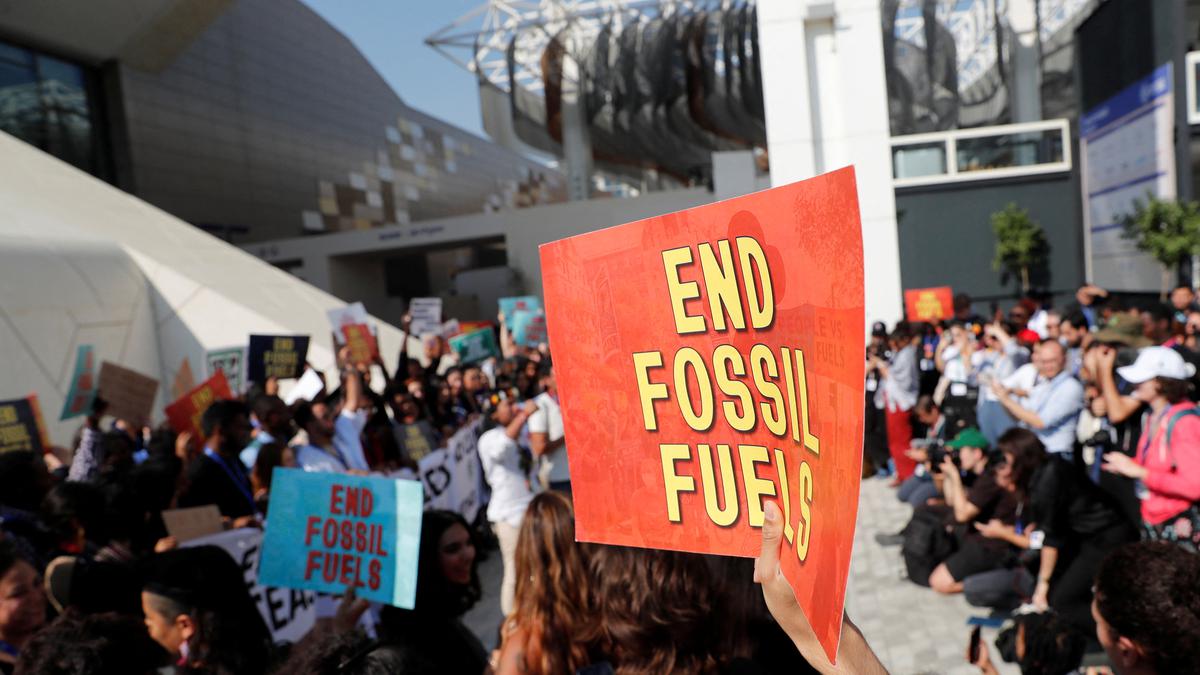The Rise of RTC (Round-the-Clock) Power
India’s pursuit of Prime Minister Modi’s ambitious 500 GW renewable energy target by 2030 is reshaping the energy landscape. An astounding 83% of new power capacity added last year came from renewable sources, as per IRENA’s Renewable Capacity Statistics 2023 report.
Evacuating this green power involves both physical transfer and integration. Building large cross-country transmission lines is essential for transferring green electrons from renewable-rich locations to high-demand areas. The world will need over 80 million km of grids by 2040 to achieve climate goals, as stated by the IEA. Additionally, achieving Round-the-Clock (RTC) power requires smart grids and storage technologies.
To achieve 24*7 green power, a mix of technological solutions, including wind, solar, hydro, pump hydro, batteries, and even gas, is essential. RTC projects are gaining traction, with predictions that they will constitute nearly a quarter of India’s renewable capacity by 2030.
The Storage Angle
With the emphasis on RTC power, the need for energy storage becomes crucial. India’s energy storage boom is driven by declining battery prices and the rise of pumped hydro projects.
The cost of lithium-ion batteries, a key component, has halved in just five years. BloombergNEF’s survey indicates a 14% drop in battery prices from 2022 to 2023, reaching a record low of $139/kWh. India is turning to pumped hydro, with the draft National Electricity Plan suggesting the need for 18.8 GW of Pumped Storage Projects and 51.5 GW of five-hour Battery Energy Storage Systems till 2032.
Keeping The Human Quotient Strong
As India’s renewable initiatives expand, community involvement becomes crucial. Responsible development requires stakeholder management to address concerns and opposition, as seen in the case of the Sarna community in Jharkhand.
Large-scale solar and wind projects require substantial land, often leading to opposition from communities and indigenous groups. Effective stakeholder management is key to addressing concerns, ensuring transparency, and fostering community participation in renewable projects.
India’s green transition is not only about achieving ambitious renewable energy targets but also about ensuring reliability, equity, and sustainability in the power sector. The integration of RTC power, energy storage solutions, and community involvement will play pivotal roles in shaping the future of India’s energy landscape.
Source:businessworld.in





